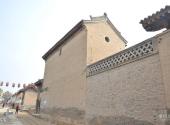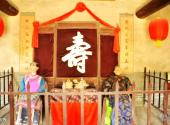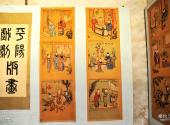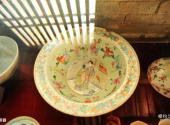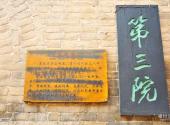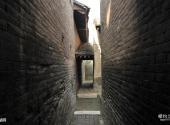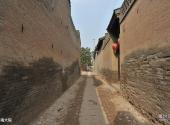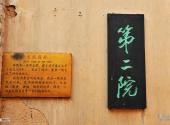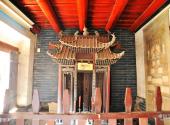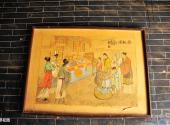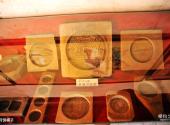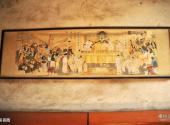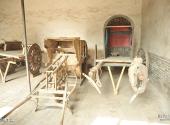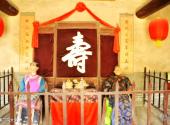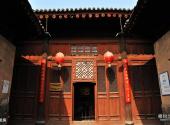
Scenic spot introduction:
Dingcun Village is a typical residential complex of the Ming and Qing Dynasties, located on the east bank of the Fen River 4 kilometers south of Xiangfen County, Shanxi Province. Dingcun is named after the people with the surname Ding living there. There are twenty-six private houses from the Ming and Qing dynasties in the village, all of which are well preserved. The first was built in the 21st year of Wanli in the Ming Dynasty, and the latest was built in the Republic of China, which lasted nearly four hundred years. The main layout of Dingcun residences is the courtyard house. The outstanding feature of the architecture is the emphasis on decoration, especially wood carvings, which can be seen everywhere. Most of the buildings have year inscriptions and the names of the craftsmen, which are important examples for studying the layout and architectural form of rural houses in northern China. In addition to the establishment of protection agencies for Dingcun residences, the Dingcun Cultural Work Station was established in 1978. In 1984, most of the residences were returned to the state and have been repaired and maintained year by year to strictly maintain their original appearance, original condition, and original structure. In 1985, the Dingcun Folk Museum and Paleolithic Exhibition Hall were established. In 1988, the State Council of the People's Republic of China announced it as a national key cultural relics protection unit.Attractions distribution:
The residential complex is distributed in the northeast-south direction and is divided into four groups: North Courtyard, Middle Courtyard, South Courtyard and West Courtyard. Due to the reproduction and development of clans, the differences of the times reflected in the location of courtyard groups are particularly obvious. These four major groups are led by the Guanyin Hall, a Ming Dynasty building in the center of the village, and are located in the north, south and west with the T-shaped streets as the longitude and latitude. These residential houses have reasonable layouts, exquisite architectural styles, winding paths, connected courtyards, and clever connections. They are different in the architectural styles of the times. The north courtyard is dominated by buildings from the Ming Dynasty, the middle courtyard is mostly from the Yongzong and Qian dynasties of the Qing Dynasty, the south courtyard is dominated by Daoxian buildings, and the northwest courtyard is all built during the Qian and Jiaxing periods. The group of village houses in Gading and its various sculpture art components are masterpieces of Chinese residential architectural art in the Ming and Qing Dynasties. It can be called a residential architecture museum.Scenic spot features:
ancient buildingtravelling guideline:
1. You don’t need to stay there when traveling to Dingcun, and the conditions are not very good. You can return on the same day and just stay in Xiangfen. The better hotels in Xiangfen include Jiaotong Building, Xiangfen Hotel, etc.
2. Dingcun’s steamed buns and longevity noodles are special staple foods recommended in food documentaries. Visitors should not miss them.
Best time to visit:
May-October
Shopping recommendations:
(Local specialties) Guantan dates, Fencheng rice vinegar, Zhaoxiong pepper, Dengzhuang hemp paper, etc.
(Special delicacies) Flower buns, longevity noodles, Fencheng oil rice, pancreas and mutton pots, steamed noodles, Xiangfen lotus root boxes, etc.
Scenic spot location:
China>Shanxi Province>Linfen City>Xiangfen County>New Town
How to get there:
Take a train or bus from Linfen to Xiangfen. Taking the train is more convenient and there are more trains. After getting off the train at Xiangfen Railway Station, exit the station and take a taxi on the road. You can take a taxi directly to the Dingcun intersection.
Scenic area map:
Click to expand the scenic area map
Dingcun Residential Ticket Price:
Folk Museum ticket: 18 yuan
Scenic area opening hours:
The museum opens at 8 a.m. every day

